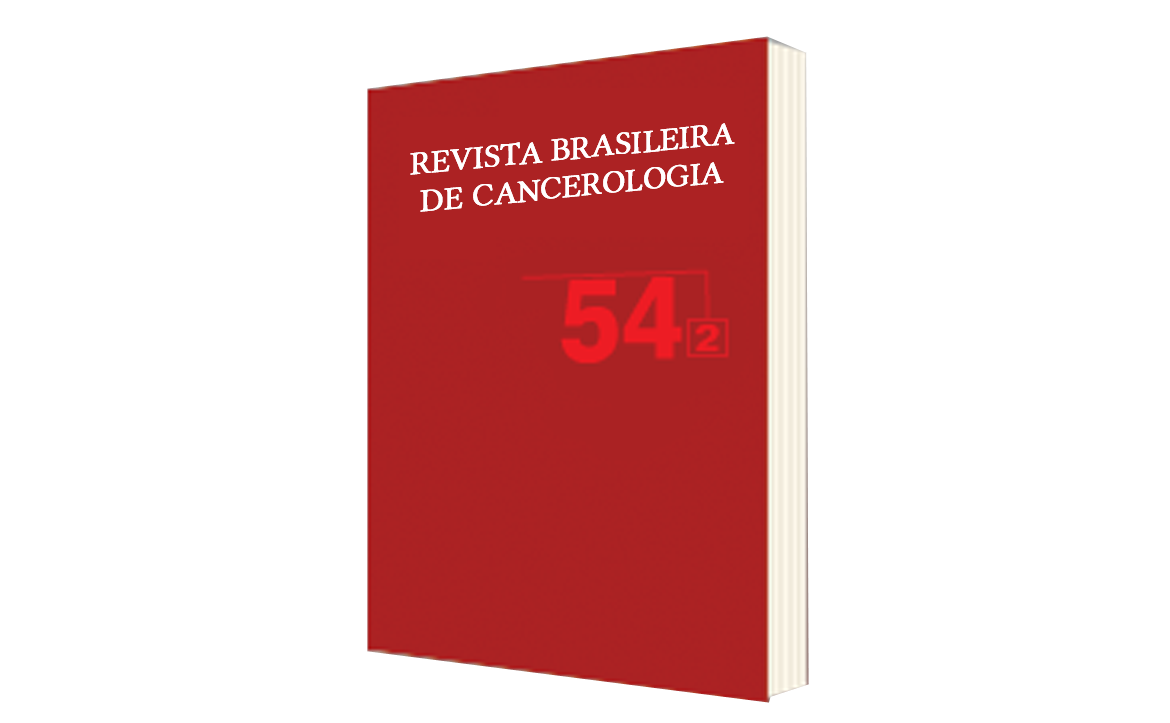Analysis of the Association Between Tumor Size and Social Characteristics in Patients with Oral Squamous Cell Carcinoma
DOI:
https://doi.org/10.32635/2176-9745.RBC.2008v54n2.1739Keywords:
Carcinoma, Squamous cell, Social class, Neoplasm stagingAbstract
Squamous cell carcinoma (SCC) is more prevalent among men over 50 years of age and is associated with tobacco and alcohol use. Many patients with SCC of the oral cavity are diagnosed in late stages of the disease, thus decreasing their survival. The purpose of this study was to analyze the social characteristics of patients with oral SCC in relation to tumor size. Entries in medical records from 2000 to 2003 were reviewed at the Cancer Hospital I of the Brazilian National Cancer Institute. Gender, age, schooling, tobacco and alcohol use, distance from residence to place of treatment, and anatomical site and tumor size were assessed. 1,308 entries were analyzed: 1,029 men (78.7%) and 279 women (21.3%). Larger tumors were associated with lower schooling (p=0.011). No significant association was observed between tumor size and distance from residence to place of treatment (p=0.134). Lower schooling was associated with tumor size, but no relationship was observed for distance to place of treatment. Further research is needed to minimize the limitations of the social indicators selected in this study and to allow a more precise evaluation of the potential associations.









